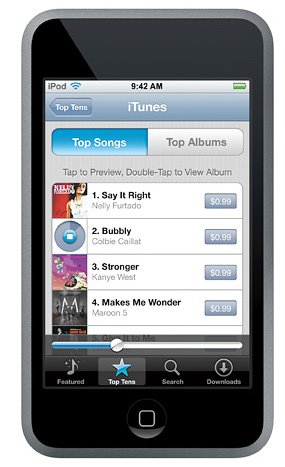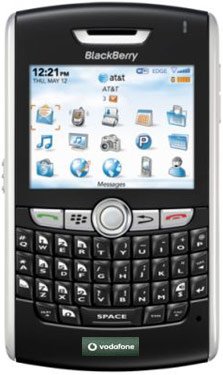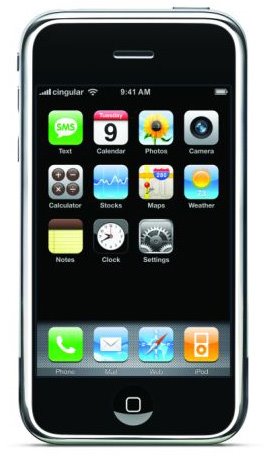Few hours ago, Facebook announced that it had expanded the information users are able to
share with external websites and applications, to include
home addresses and
mobile phone numbers.
This enables developers of e.g. an ecommerce site to more easily fetch the address and phone number of a potential customer to streamline the checkout process.
For the record: users needed to explicitly opt to share this data before any application or website can access it, and they were not able to share their friends’ addresses or mobile numbers with applications.
Sure enough, the dialog box (see below) wasn’t super clear about that, so Facebook was unequivocally opening itself up for a
new sh*tshorm to hit the deck.
This morning, Facebook announced
that it has temporarily disabled the sharing feature, looking to relaunch it in the next few weeks after making some changes. Facebook dubs these changes ‘improvements’ repeatedly, but of course the company is responding to the wave of criticism it has received for releasing the new sharing feature.
Here’s how Facebook puts it:
Over the weekend, we got some useful feedback that we could make people more clearly aware of when they are granting access to this data. We agree, and we are making changes to help ensure you only share this information when you intend to do so.
We’ll be working to launch these updates as soon as possible, and will be temporarily disabling this feature until those changes are ready. We look forward to re-enabling this improved feature in the next few weeks.





